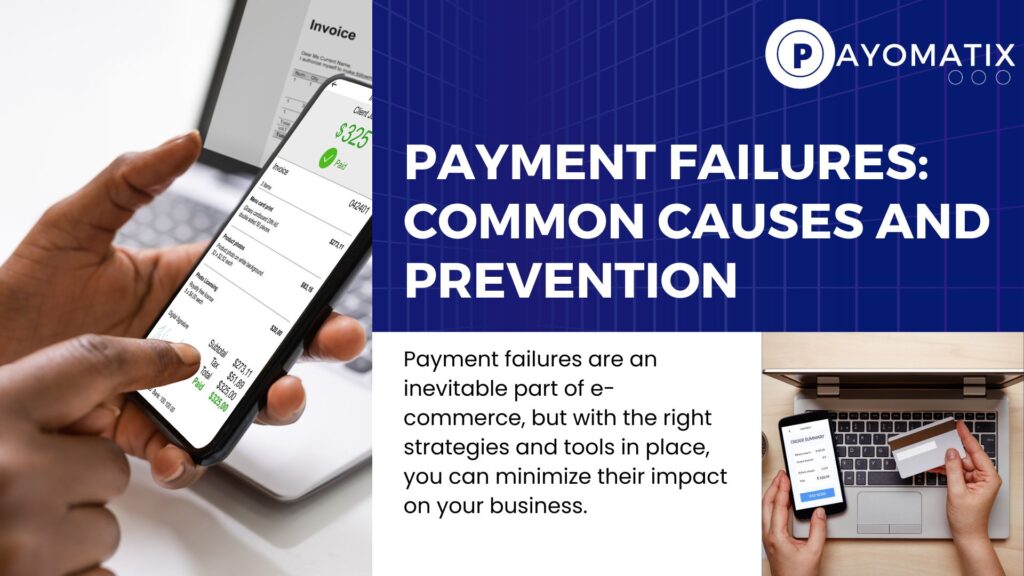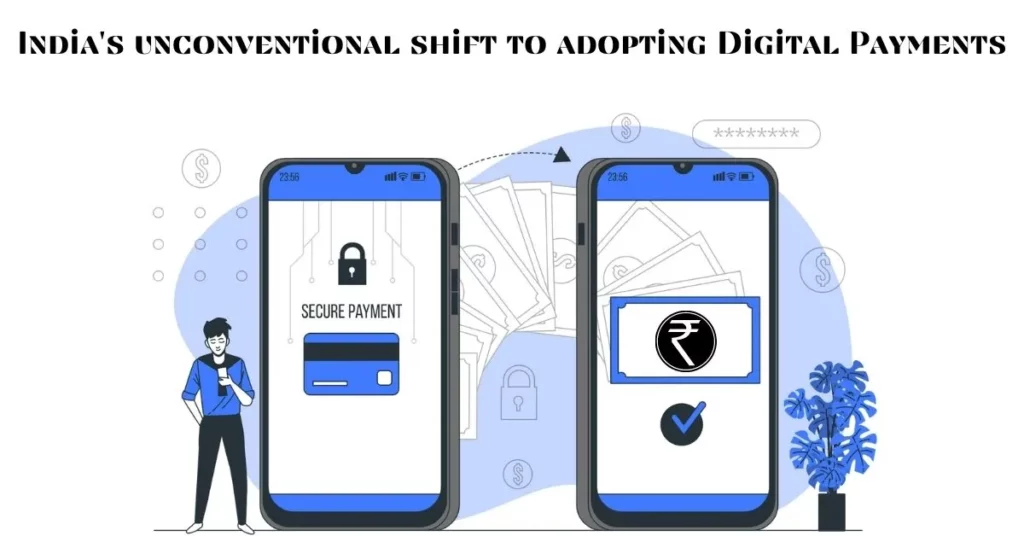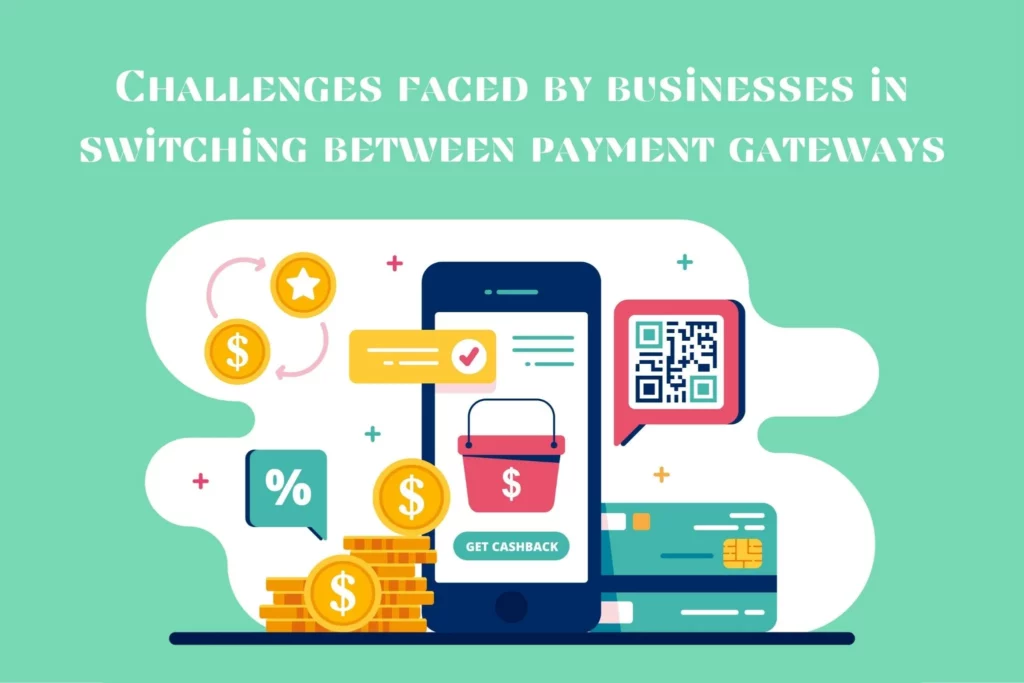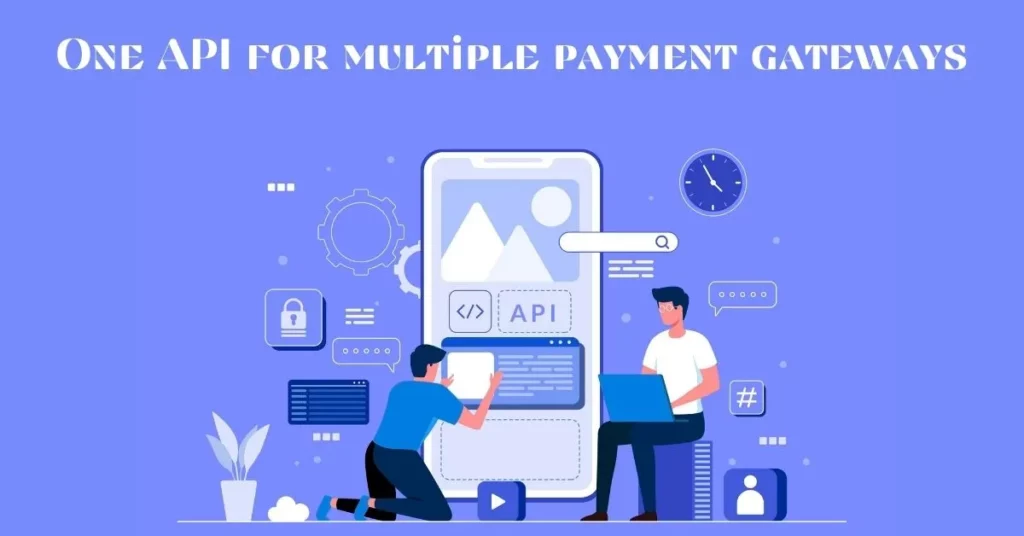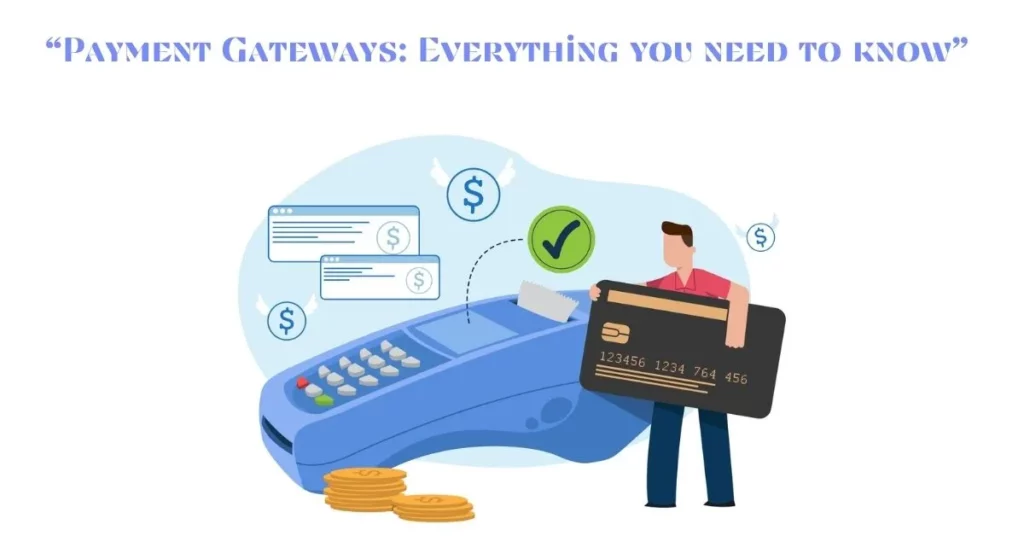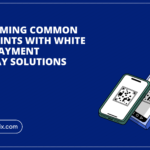Introduction
In the fast-paced world of e-commerce, ensuring smooth and successful payment transactions is critical to keeping customers happy and driving revenue. However, payment failures can be a persistent challenge that affects both businesses and consumers. In this blog, we’ll explore some of the common causes of payment failures and discuss preventive measures to help you reduce them.
Understanding Payment Failures
Payment failures occur when a customer’s attempt to make a payment is unsuccessful. These can happen for various reasons, and they can be frustrating for both buyers and sellers. Some of the most common causes include:
- Insufficient Funds: This is a straightforward reason for payment failures. If a customer’s bank account or credit card lacks sufficient funds to cover the transaction, it will fail.
- Expired or Invalid Cards: Credit and debit cards have expiration dates, and if a customer tries to use an expired card or enters incorrect card information, the payment will fail.
- Payment Gateway Issues: Sometimes, the payment gateway itself may experience technical problems or downtime, preventing transactions from going through.
- Address Verification Failure: Some payment processors use Address Verification System (AVS) checks. If the billing address provided doesn’t match the cardholder’s address on file, the payment might fail.
- Network Connectivity: Poor internet connectivity or issues with the customer’s device can disrupt the payment process.
Preventing Payment Failures
While you can’t eliminate payment failures entirely, you can take steps to reduce them and improve the overall customer experience:
- Offer Multiple Payment Options: Providing various payment methods, such as credit cards, digital wallets, and bank transfers, gives customers alternatives if one method fails.
- Educate Customers: Encourage customers to double-check their payment details and ensure they have sufficient funds before attempting a transaction.
- Real-Time Validation: Use payment gateways that offer real-time validation of card information and provide instant feedback to customers if there’s an issue.
- Address Verification: Implement AVS checks to reduce fraud and confirm that the billing address matches the cardholder’s information.
- Retry Logic: Implement intelligent retry mechanisms within your payment processing system. Sometimes, a payment failure is temporary, and a retry after a short delay can succeed.
- Responsive Customer Support: Have a responsive customer support team ready to assist customers in case of payment issues. Make it easy for them to reach out for help.
- Regularly Monitor Payment Gateway Health: Keep an eye on the performance and reliability of your chosen payment gateway. Switch to backup gateways if one experiences downtime.
Conclusion
Payment failures are an inevitable part of e-commerce, but with the right strategies and tools in place, you can minimize their impact on your business. By offering diverse payment options, educating customers, and implementing robust validation and retry mechanisms, you can significantly reduce payment failures and provide a smoother shopping experience for your customers.


